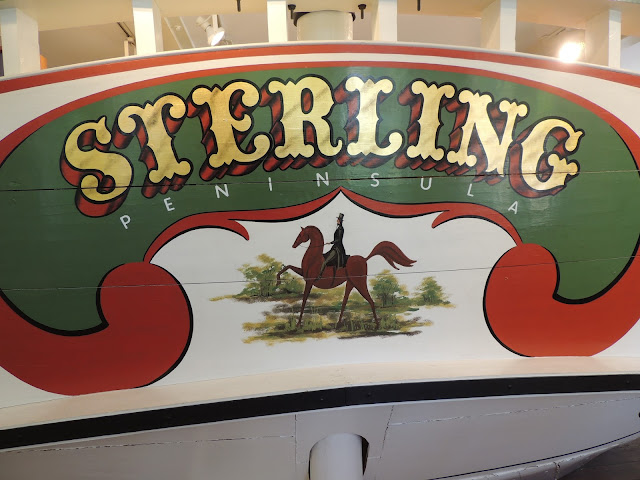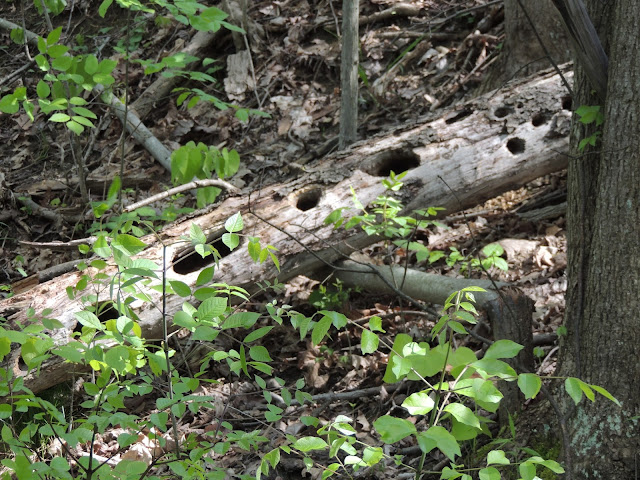Cleveland Area OH
Cuyahoga Valley National Park
The Cuyahoga river has a history of being polluted and I remember the fire in 1969. I add this information to show what can be done to restore our environment when a real effort is made. This fire inspired our government to form the EPA and begin the clean up of our waterways. The EPA is responsible for cleaning up many polluted sites and definitely has a purpose in our government.
Cuyahoga River Fire
Cleveland,
OH was once known as a major industrial center within the United States.
As the 1960s came to an end, so did the country's reliance on industrialized
manufacturing. However, Cleveland continued production which when paired
with a lack in sewer and waste disposal regulation maintained the littering of
the Cuyahoga River. On June 22, 1969, around 12pm, floating pieces of oil
slicked debris were ignited on the river by sparks caused by a passing
train. Specifically, following an investigation, the cause was determined
to be the oily debris trapped beneath two wooden trestles, rigid support
frames, located around the Campbell Rd. hill in Southeast Cleveland. The
fire was determined to have reached heights of over five stories and lasted between
twenty and thirty minutes. There was reported to be around $50,000 of
damages including: $45,000 from the destruction of the bridge owned by Norfolk
& Western Railway Co. and $5,000 from the Newburgh & South Shore
Railway trestle.
The
Cuyahoga River was once one of the most polluted rivers in the United States as
represented by the multitude of times it has caught fire, a recorded number of
thirteen starting in 1868. The most potent blaze occurred in 1952 which
caused over $1.3 million in damages however, the most fatal fire happened in
1912 with a documented five deaths. The 1969 fire, which did not incur
maximum damages or fatally wound any citizen, was the most covered incident
occuring on the river. This was in part because of the developing
precedence that sanitation held over industrial actions; the United States was
becoming more eco-aware. Also, due to the shift from industry to
technology, waste dumping to recycling Time
Magazine produced an article about the incident. This
brought mass amount of attention to the Cleveland area and added pressure for
hygienic regulation.
Inspired by the 1969 river
fire, Congress was determined to resolve the issue of land pollution, not just
in Cleveland, but throughout the United States. The legislature passed
the National Environment Protection Act (NEPA) which was signed into law on
January 1, 1970. This act helped establish the Environmental Protection
Agency (EPA) which would be given the duties to manage environmental risks and
regulate various sanitary-specific policies. One of the first
legislations that the EPA put-forth was the Clean Water Act (1972), which
mandated that all rivers throughout the United States be hygienic enough to
safely allow mass amounts of swimmers and fish within the water by 1983.
Since the 1969 Cuyahoga River fire the Northeast Ohio Regional Sewer District
has invested over $3.5 billion towards the purification of the river and the
development of new sewer systems. There is a projection that over the
next thirty years the city of Cleveland will further endow over $5 billion to
the upkeep of the wastewater system. The river is now home to about sixty
different species of fish, there has not been another river fire since 1969,
and yearly new waste management programs develop to ensure the sanitation of
Cleveland's waterways.http://www.ohiohistorycentral.org
The Boston Store as it once was.
It's now the visitors center
Excerpted from the next photo. Boston OH.
This vintage garage is now an art gallery
The Cuyahoga River We drove through the park and stopped at various spots to sight-see.
The whole idea of the park came from John F. Seiberling, who grew up in the area. He was the grandson of the founder of Goodyear Tire and Rubber Co.
Everett Covered Bridge

The Hunt House.
Nature's beauty
The Cuyahoga river on the way to Brandywine Falls.
Nature
Wildflowers across the river.
There's something off in the distance that I can't quite make out. I'll test the zoom on my camera.
A little closer
Now the photo shows what I've been staring at. A little square in the distance.
At full zoom














































No comments:
Post a Comment